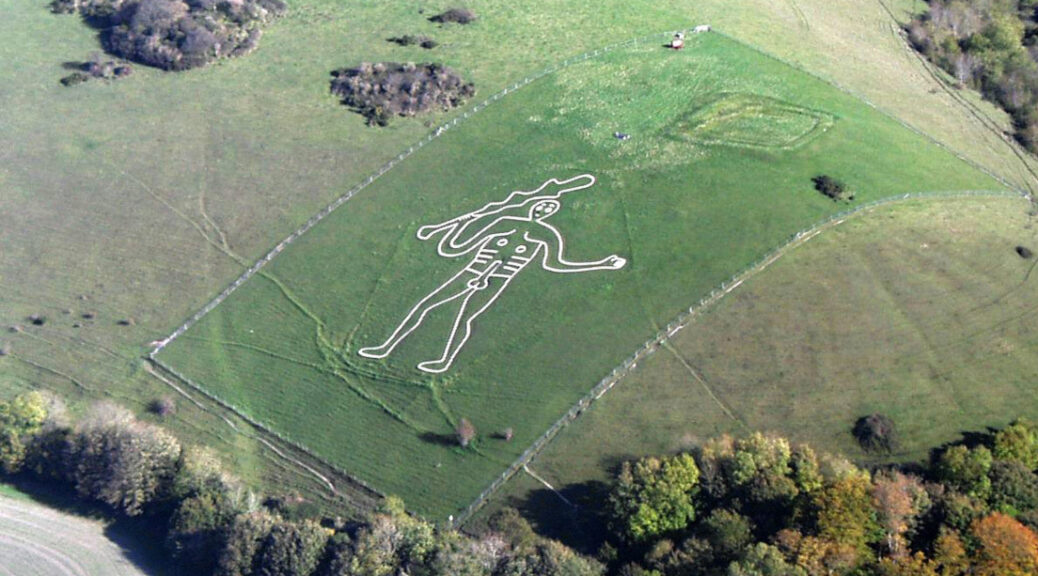They reveal the age of the figure of the naked giant of Cerne Abbas (it is older than previously believed)

The age of an ancient naked figure carved into a chalk hillside is being investigated by archaeologists. The Cerne Abbas Giant in Dorset was sampled for soil samples. The results of the tests are likely to show a “date range” for when the landmark was created.
It is hoped results, on soil samples from the giant’s elbows and feet will be available in July. The technique used will be the same as that used to date the Uffington White Horse in Oxfordshire in the 1990s.
Prof Phillip Toms, of the University of Gloucestershire, will attempt to date the samples using a technique called optically stimulated luminescence (OSL).
Martin Papworth, the senior archaeologist at the National Trust, said the OSL technique was used to “determine when mineral grains in soil were last exposed to sunlight”.
He said the Uffington White Horse was found to be nearly 3,000 years old which was “even more ancient than we had expected”.
“It is likely that the tests will give us a date range, rather than a specific age, but we hope they will help us better understand, and care for, this famous landmark,” he continued. The earliest recorded mention of the Cerne Abbas Giant was in 1694.

To preserve the landmark, last year a team of volunteers hammered 17 tonnes of new chalk by hand.
Local folklore has long held the 180ft (55m) chalk man to be a fertility aid. It was gifted to the National Trust in 1920 by the Pitt-Rivers family.
Early antiquarians linked the giant with the Anglo-Saxon deity Helis, while others believe he is the classical hero Hercules.
Others have said he was carved during the English Civil War as a parody of Oliver Cromwell, although he is commonly believed to have some association with a pagan fertility cult.
A further layer of mystery was revealed in the 1980s when a survey revealed anomalies that suggested he originally wore a cloak and stood over a disembodied head.
There has also been a suggestion his significant anatomy is in fact the result of merging a smaller penis with a representation of his navel during a re-cut by the Victorians.
Gordon Bishop, chairman of the Cerne Historical Society, said although some villagers would “prefer the giant’s age and origins to remain a mystery” the “majority would like to know at least whether he is ancient or no more than a few hundred years old”.
In a separate analysis, environmental archaeologist Mike Allen will analyse soil samples containing the microscopic shells of land snails to learn more about the site’s past.
